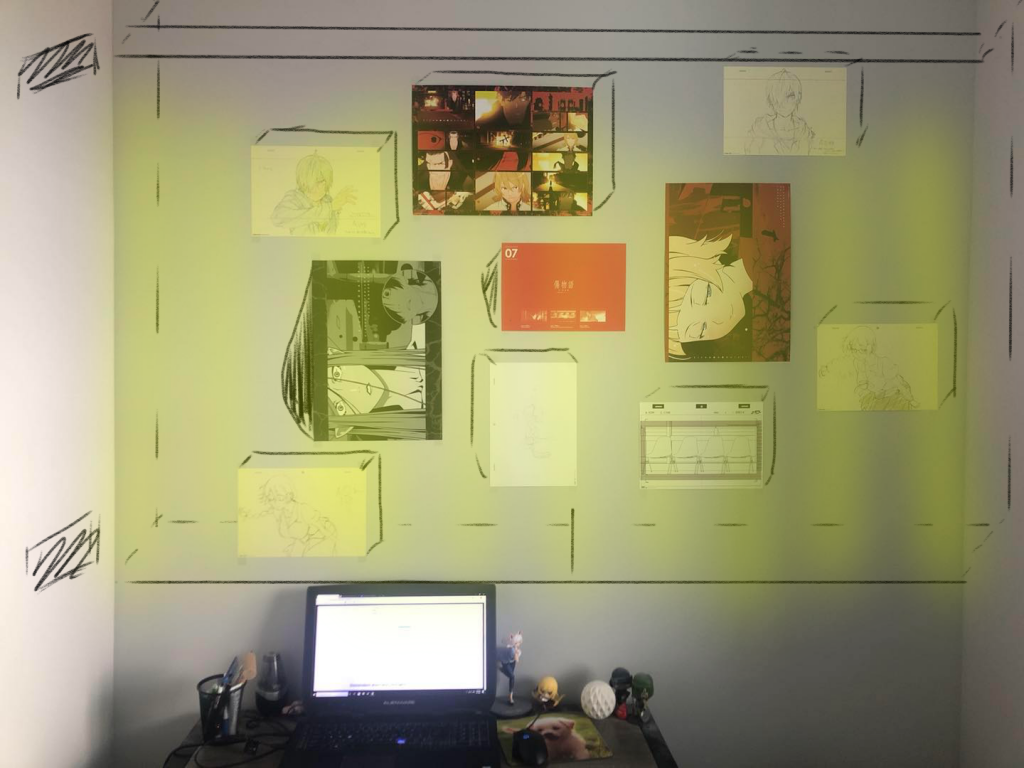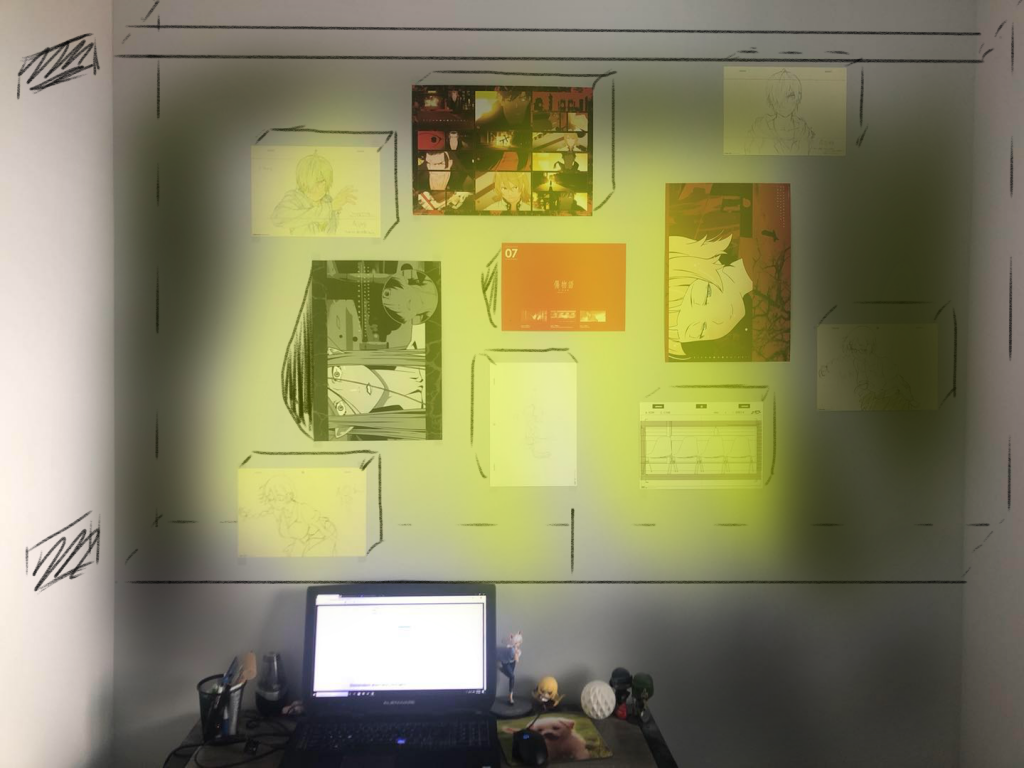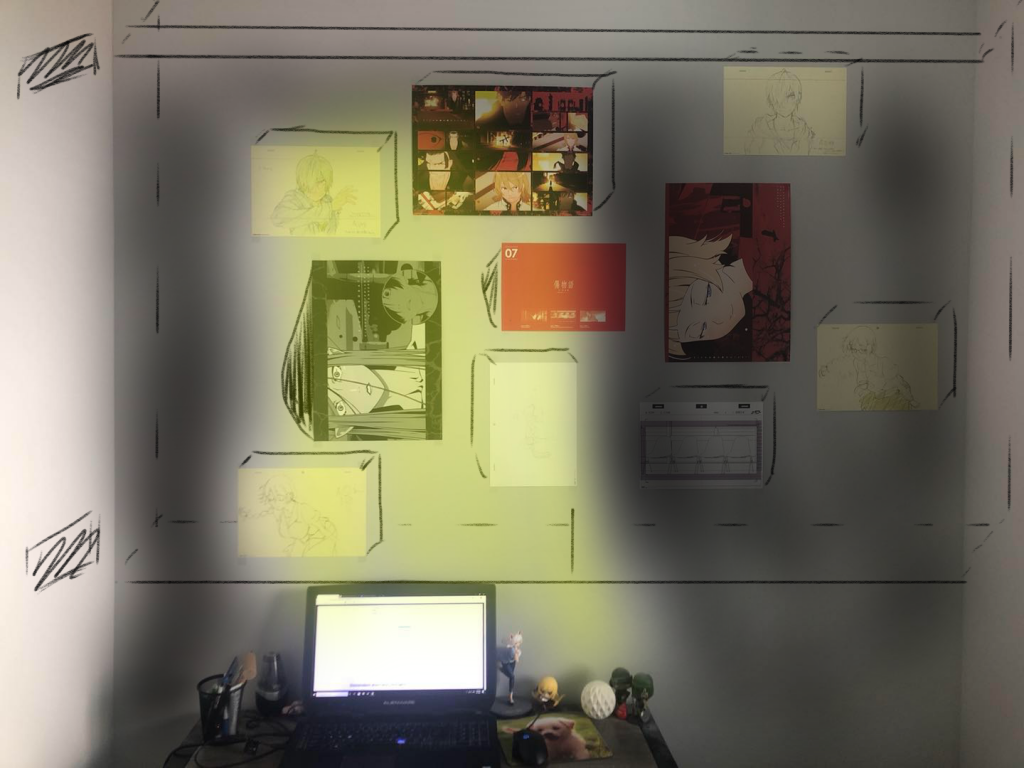Premise:
Even though the physical interaction between intelligent system and humans is advanced in the movie Blade Runner 2049, I did not like the austere apartment the protagonist lives in. It displays little interest in the comfort of the occupant with simple furniture and grey, industrial walls. The only meaningful interaction that occurs comes from JOI, the holographic artificial intelligent. This makes me wonder what things in our private space can bring comfort if interaction is introduced.
Nowadays people in the city live in dorms and apartments where physical space can be quite limited. Walls define the boundaries of our private space, but walls are never used as space themselves. It is used as a surface to hang or mount things. Therefore, I want to envision an interactive wall that can expand beyond physical space.
Hardware Setup:
Depth is necessary to make use of the walls as space. “Holographic display” is still a developing technology but it will give walls the needed depth to create a visual space. Such walls can be used to change the environment of the space. For example, having bamboo around the room when having breakfast. And with a touch screen, such walls can also be used in many applications such as displaying and assembling 3D objects.
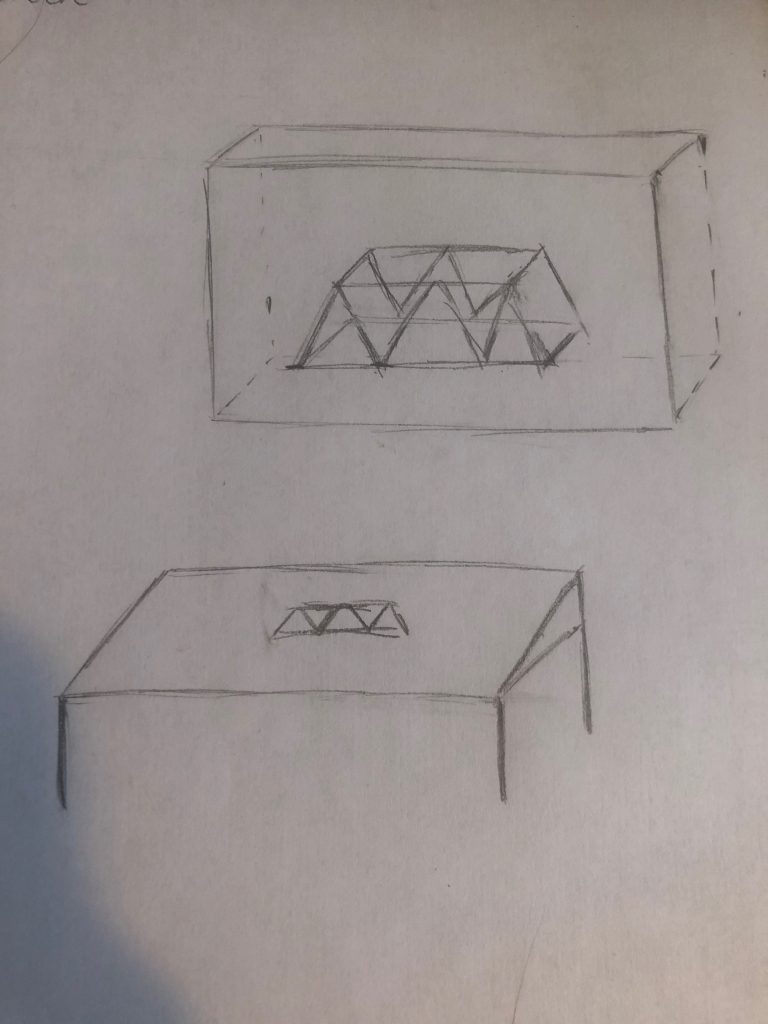
Lights and speakers can be incorporated into the wall to make it more interactive. As shown in the picture below, there are two speakers on the left and lighting on the wall. Together they can create a corner or a space of cinematic experience.
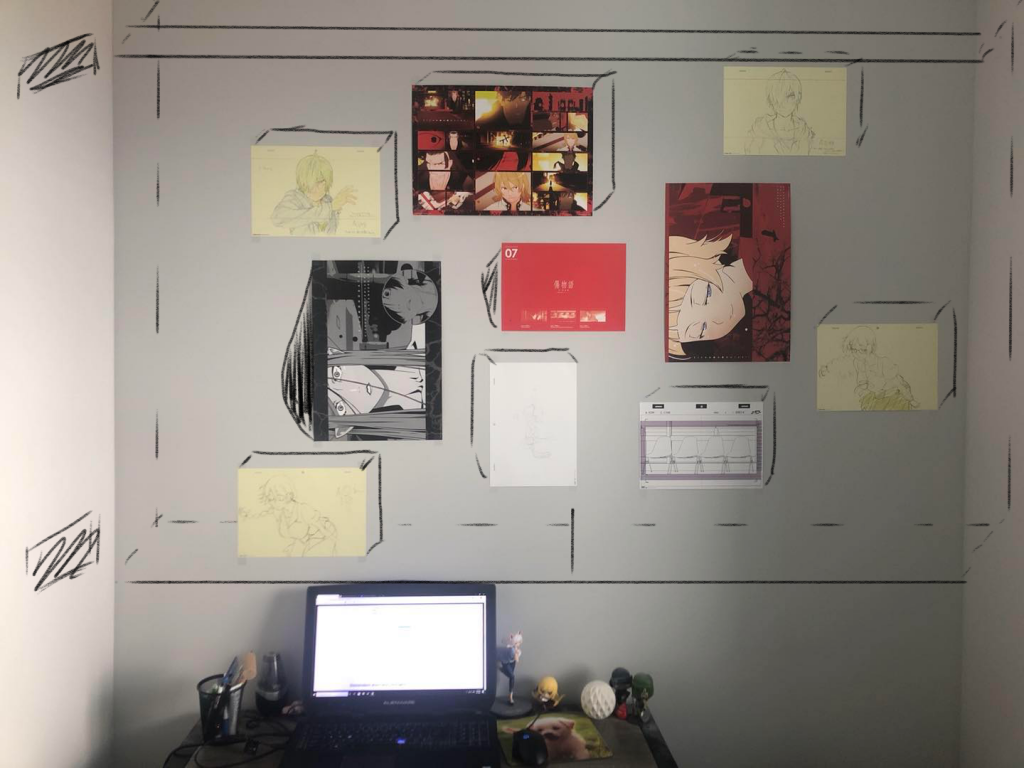
Interaction:
The wall can collect data on what the user like to display at different time of the day and week. Then like a smart “wallpaper engine”, it can change the environment of the room to fit the activity of the occupant. For example, once it “learns” that I like to look at bamboo and listen to birds’ tweets during breakfast, it shows a waterfall at the breakfast time the next day.
The wall can also be more engaged in the occupant’s living habit. I, for example, am often energetic during the night and I sometimes stay up until I realize there is not enough time to sleep. Or sometimes I did not realize that it is better to rest because my body is tired. With the active change of the range of light according to time in night, the wall is able to remind and urge me to rest. In similar way, the interactive wall can create a space that “synchronizes” with the occupant.
